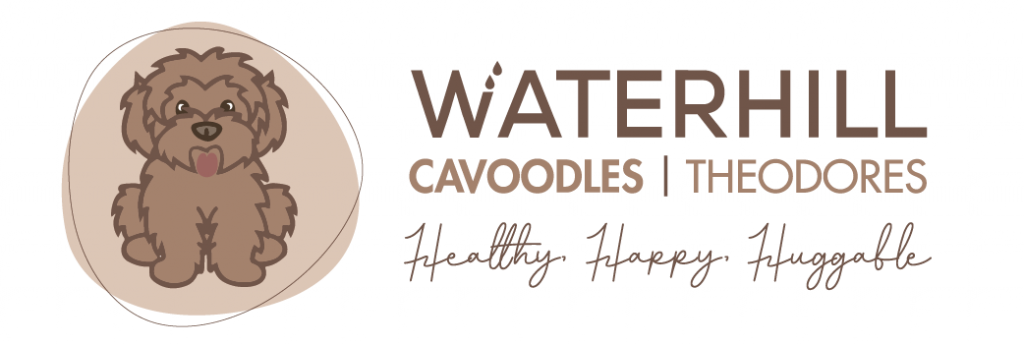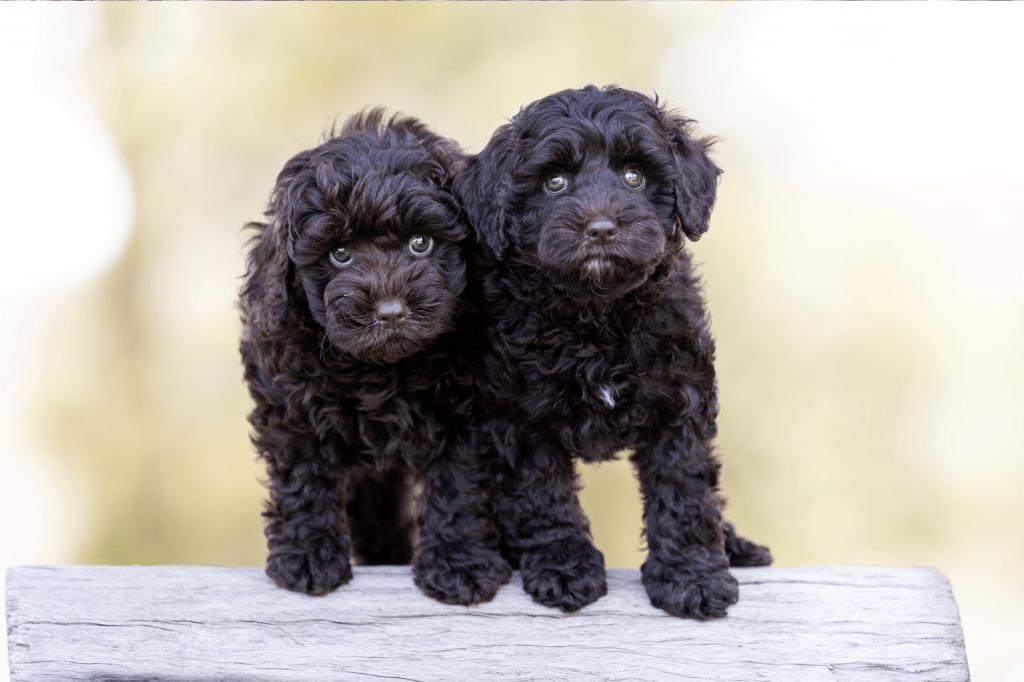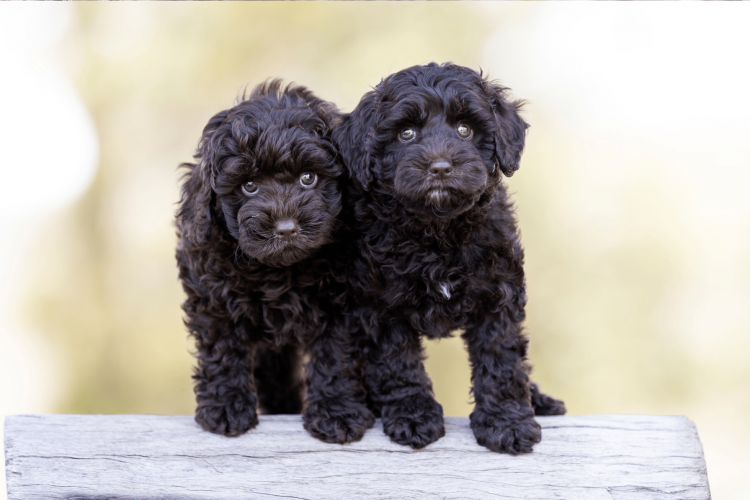One of the most sought-after coat colors in Cavoodles is chocolate. Breeding chocolate Cavoodles involves understanding the complex world of coat color genetics. In this blog post, we will dive into the fascinating world of DNA color traits and shed some light on the process of producing those adorable chocolate Cavoodle puppies.
Understanding Coat Color Genetics
Coat color in dogs, including Cavoodles, is determined by genes and their variations, or alleles. It is a complex process involving multiple genes. The two primary genes responsible for coat color in Cavoodles are B locus and E locus.
The B Locus: The Beloved Chocolate Gene
The B locus gene is responsible for the intensity of coat pigmentation. There are two alleles associated with the B locus: B (Black/Brown Allele) and b (Chocolate Allele). Cavoodles with a chocolate coat have the genotype bb, which means they inherited the chocolate allele from both parents.
The E Locus: Unlocking Color Possibilities
The E locus gene controls the distribution of pigments in different parts of the body. It determines whether the coat color will be solid or have variations. The two alleles associated with the E locus are E (Allows Color Expression) and e (Restricts Color Expression). It is important to note that the E locus gene doesn’t directly influence the chocolate color trait, but it plays a crucial role in how the color presents itself.
Breeding for Chocolate Cavoodle Puppies
When it comes to breeding chocolate Cavoodles, it is crucial to pair dogs with the appropriate genotypes to ensure the desired coat color trait is inherited by the puppies. A responsible breeder will carefully select the parent dogs with the desired genetic makeup to increase the likelihood of producing chocolate Cavoodles.
To achieve the desired results, both parent dogs should have at least one chocolate allele (genotype bb). The E locus alleles (Ee or ee) can allow for variations in coat patterns, such as solid chocolate or chocolate with some white markings, adding uniqueness to each puppy. However, breeding two dogs with the Ee genotype may produce some puppies with more color variations than others.
The Joy of Chocolate Cavoodles
Owning a chocolate Cavoodle can be a delightful experience. Their rich, velvety coats are not only aesthetically pleasing but also a reflection of careful breeding practices. However, it is crucial to remember that coat color should never be the sole determining factor when choosing a puppy. A responsible breeder will prioritize the health, temperament, and overall well-being of the puppies.
Conclusion
Breeding chocolate Cavoodles involves understanding the complex world of coat color genetics. The B and E locus genes play a crucial role in determining the coat color traits, such as chocolate. Responsible breeders carefully select parent dogs with the desired genetic makeup to increase the likelihood of producing chocolate Cavoodle puppies. However, it is important to remember that behind their stunning coats, these adorable pups are characterized by their lovable personalities and make wonderful companions for any dog lover.
So, whether you are charmed by their chocolate coats or enamored by their affectionate nature, a chocolate Cavoodle might just be the perfect addition to your family!


